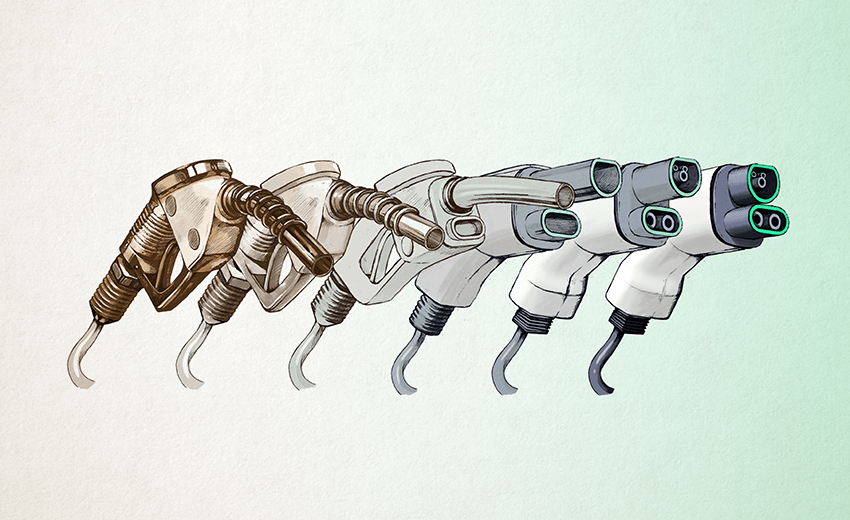New registrations of EVs and hybrids are now outpacing those of fossil fuel vehicles, but scrapping the clean car discount could put all the progress so far in jeopardy, writes Justin Lester of data analysis firm Dot Loves Data.
In late 2022, we predicted that New Zealand new registrations of low emission vehicles would outstrip those of high emission vehicles by the middle of 2023. The automotive sector and talkback radio hosts were none too pleased, with some claiming it was pie in the sky thinking. Opponents claimed the recent surge was a fad, suppliers wouldn’t be able to increase supply and, deep down, New Zealand’s petrol-guzzling motorheads loved their V8s and utes way too much.
So a year on, how did our prediction pan out?
In July 2023, a whopping 55% of New Zealand new vehicle registrations were low emission, overtaking fossil fuel registrations for the first time in NZ’s history. The trend continued into August and September. It’s safe to say the paradigm shift taking place in New Zealand’s automotive landscape is now undeniable.
Worldwide interest in electric vehicles continues to surge, with indications that for the first time in history a pure EV plug-in could be the most popular car on the planet. Tesla’s Model Y global sales are up 70% year on year and on track to beat every other model internationally in 2023. The Model Y is also one of New Zealand’s best selling cars.
A new era dawns
Let’s pause for a moment to reflect on the significance of this change. Just a few short years ago, fossil-fuelled vehicles ruled New Zealand’s roads, with over 88% of 2020 light vehicle registrations being petrol or diesel-powered. Fast forward to 2023, and the tables have turned faster than a souped-up Nissan Pulsar on Bealey Avenue.
Now, here’s something to keep an eye on. The newly elected government is set to axe the clean car subsidy before December 31. So, expect a last-minute dash to buy low emission vehicles before that deadline.
New Zealand isn’t the only country making this shift. It’s a global movement, and it’s happening at different speeds in various parts of the world. Governments worldwide are getting in on the action, offering incentives, setting emissions standards, and dishing out tax breaks to get folks into low emission vehicles.
Norway is still leading the pack, with electric vehicles outselling the old gas-guzzlers, but China, the behemoth of the automotive market, is embracing electric vehicles too. In August 2023 Chinese-owned EV-maker BYD became the fourth largest global vehicle brand.
Even the United States, long known for its love affair with pick-up trucks, is hopping on the electric bandwagon. United States EV sales surpassed 300,000 for the first time in the most recent quarter and were up 50% compared with the same period in 2022.
The tipping point has been reached
What the past three months has shown is that New Zealand is now at a tipping point for sustainable transportation. It’s clear that low emission vehicles aren’t just for greenies anymore; they’re becoming mainstream, and the momentum is growing. This shift isn’t just about cutting emissions, it’s about rewriting the rules of New Zealand’s automotive industry.
One major caveat, as mentioned above, is the impact of a change in government and the removal of the clean car subsidy. We find it perplexing that a new government would remove a popular and growing scheme which has such great potential to minimise New Zealand’s carbon footprint.
So, buckle up, because the ride towards a cleaner, greener future has officially shifted into high gear and is now entering the mainstream market. If it’s able to maintain its current trajectory, New Zealand’s current acceleration could even help it to lead the charge in this global revolution. Let’s hope policy reversals by the incoming government don’t bring the current impetus to a screaming halt.
